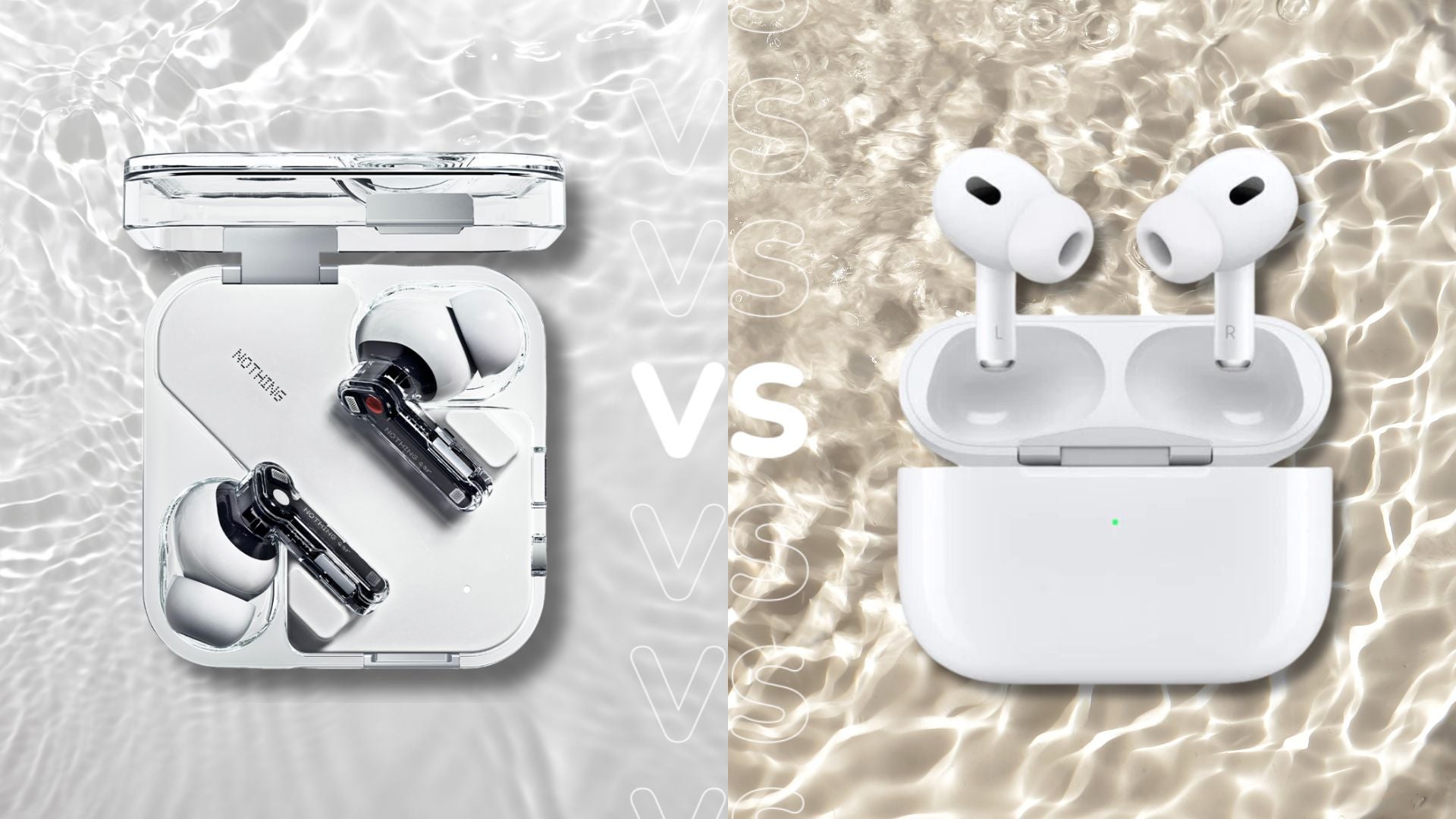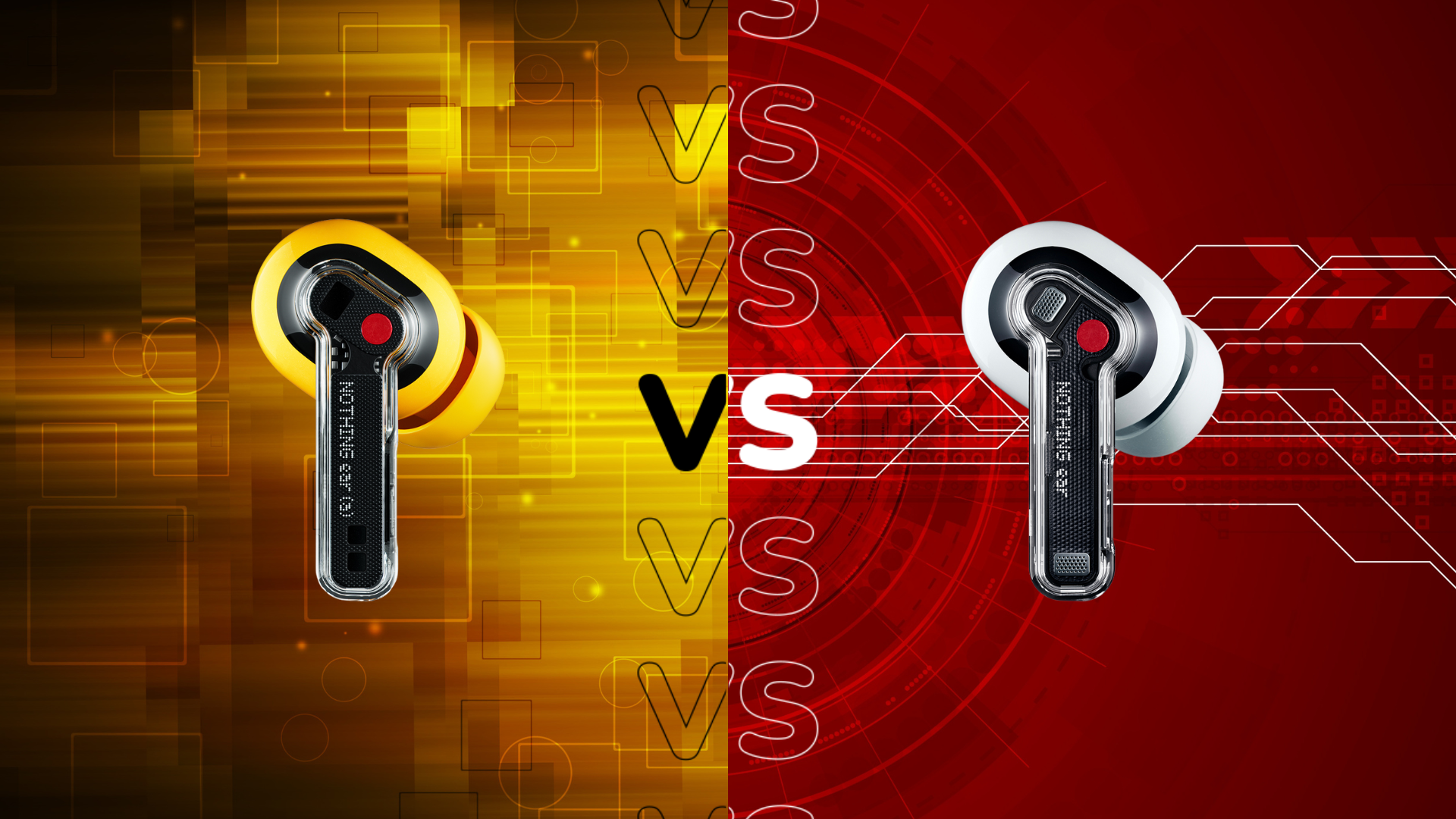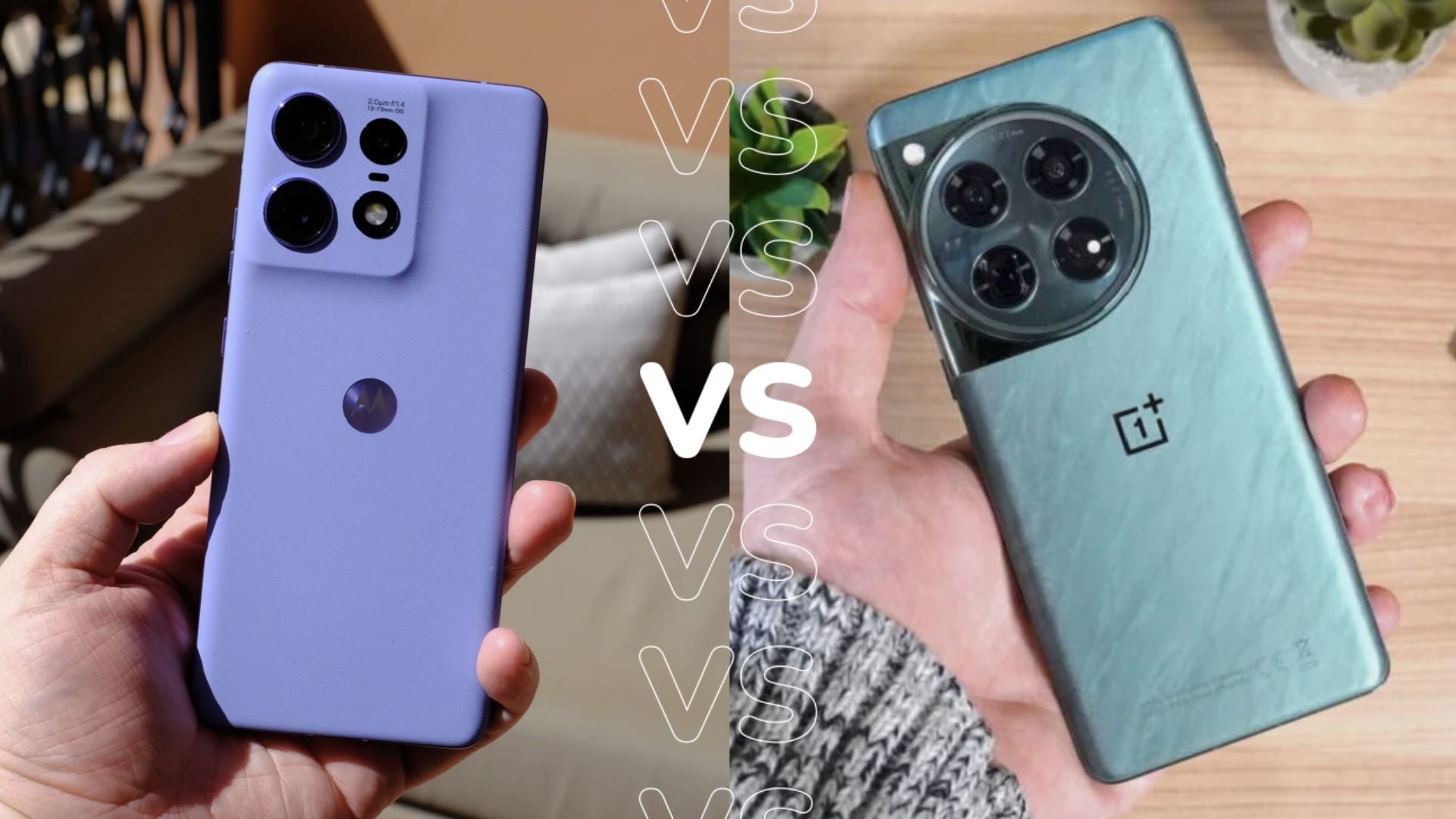Wi-Fi 6 vs Wi-Fi 6E: Is it worth upgrading?

Not everyone will have heard of Wi-Fi 6E, the latest wireless connection standard that packs even more punch than Wi-Fi 6, but is it worth the hype?
We’re going to be delving deep into all the differences between Wi-Fi 6 and Wi-Fi 6E so you can decide if the latest connection standard is worth the upgrade. If you need a reminder of what Wi-Fi 6E is and how it works, then make sure you check out our dedicated explainer.
Wi-Fi 6E has an extra 6GHz of space
Wi-Fi 6E is the newest generation of wireless connection standards, meaning that Wi-Fi 6 can now be classed as the last generation of the technology. One of the major benefits of Wi-Fi 6E is that it can stretch into the 6GHz spectrum.
This spectrum means that Wi-Fi 6E users have access to more open airways, meaning that users have more space to play and work in than Wi-Fi 6 users. A higher cap on the spectrum allows for faster connections and less congestion since there are fewer people accessing the internet from that space, essentially giving Wi-Fi 6E users access to an exclusive area.
Wi-Fi 6 does not have as much coverage
Wi-Fi 6E routers are better designed to support dense, multi-device networks, meaning that it has better and more consistent coverage than its predecessor. The Wi-Fi Alliance – a non-profit organisation that promotes wireless technology – claims that Wi-Fi 6E is capable of supporting large spaces such as public venues and enterprises, making it the better option if you need a wide range of coverage.
This is unlike Wi-Fi 6, which is known to have significantly different strengths in its signal even in smaller spaces like a home or office. Anyone who uses Wi-Fi 6 in a larger home will likely be familiar with this, as some spaces will have a weaker strength, resulting in slow internet speeds or the connection dropping entirely.
Wi-Fi 6E helps to alleviate this issue, especially since the 6GHz airwave that it operates on is already less congested.
Open airways on Wi-Fi 6E mean faster speeds
It’s important to note that Wi-Fi 6 and Wi-Fi 6E technically do offer the same speeds, however, because Wi-Fi 6E runs on its own exclusive airways it is better equipped to take advantage of that, hitting higher speeds than Wi-Fi 6 can.
The speed of each connection will also be dependent on the internet provider, physical location and how close you are to the router, but overall it should be faster than Wi-Fi 6 due to those free airways and the improved coverage.
However, some people may find that they do not need to upgrade to Wi-Fi 6E if their Wi-Fi 6 connection is more isolated and only connected to a select few devices, so the benefits of Wi-Fi 6E will be very dependent on your current setup.
The latest connection standard is more expensive
Like all new technology, Wi-Fi 6E is more expensive than Wi-Fi 6. It’s important to note that Wi-Fi 6E itself is not more expensive to use, but the supported routers you will need to invest in to access to new connection are.
Considering all the benefits of Wi-Fi 6E, like the extra 6GHz of space and the improved coverage, you may find that the increased price is worth it. Moreover, these routers are more expensive as even some of the best Wi-Fi 6 routers will not have access to Wi-Fi 6E unless they are built for it, meaning that almost anyone who wants access to the latest connection standard will need to invest in a new router.








